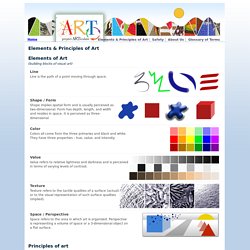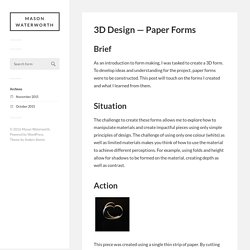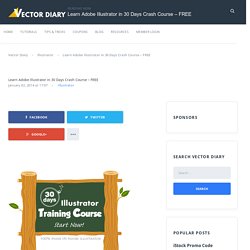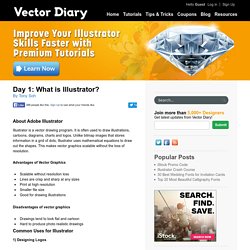

Project ARTiculate. Elements of Art (building blocks of visual art) Line Line is the path of a point moving through space.

Shape / Form Shape implies spatial form and is usually perceived as two-dimensional. Color Colors all come from the three primaries and black and white. Value Value refers to relative lightness and darkness and is perceived in terms of varying levels of contrast. Texture Texture refers to the tactile qualities of a surface (actual) or to the visual representation of such surface qualities (implied). Space / Perspective Space refers to the area in which art is organized.
Principles of art (use or arrangement of the building blocks of visual art) Pattern Pattern refers to the repetition or reoccurrence of a design element, exact or varied, which establishes a visual beat. Rhythm / Movement Rhythm or movement refers to the suggestion of motion through the use of various elements. Proportion / Scale.
Mrs. Joe's Art Pages - Home. 3D Design — Paper Forms. Brief As an introduction to form making, I was tasked to create a 3D form.

To develop ideas and understanding for the project, paper forms were to be constructed. This post will touch on the forms I created and what I learned from them. Situation The challenge to create these forms allows me to explore how to manipulate materials and create impactful pieces using only simple principles of design. Action This piece was created using a single thin strip of paper. This form was created by folding the paper from the corners, in order to create a fan like pattern of creases. When working on this form I challenged myself to make a piece that was very simple, yet still had enough to create some movement in the piece. Learn Adobe Illustrator in 30 Days Crash Course - FREE. Learn Adobe Illustrator in 30 Days Crash Course – FREE January 02, 2014 at 17:07 Illustrator Facebook Twitter Google+ Linkedin Pinterest Reddit Last updated on 1 August 2017 This is the most popular FREE Illustrator training course created for beginners interested to learn Adobe Illustrator.

In this Illustrator training course, I will not be drilling down in detail how each feature works. Day 1: What is Illustrator? About Adobe Illustrator Illustrator is a vector drawing program.

It is often used to draw illustrations, cartoons, diagrams, charts and logos. Unlike bitmap images that stores information in a grid of dots, Illustrator uses mathematical equations to draw out the shapes. This makes vector graphics scalable without the loss of resolution. Advantages of Vector Graphics Scalable without resolution lossLines are crisp and sharp at any sizesPrint at high resolutionSmaller file sizeGood for drawing illustrations Disadvantages of vector graphics Drawings tend to look flat and cartoonHard to produce photo realistic drawings Common Uses for Illustrator 1) Designing Logos By: Draplin Design 2) Drawing Maps 3) Drawing Illustrations By: Chih Hang 4) Infographics.
Teaching Creativity. The above illustration is typical of a kindergarten child's uninhibited pre schematic drawing of herself.

Most five year olds are totally confident that they can draw, sing, and dance. Tragically, within three or four years this child, if she is typical, will experience a crisis of confidence. She will no longer feel competent or creative. As teachers, we are often partly to blame for the diminished inclination to be creative as children become socialized and aware of their own limitations. The world needs more and more compassionate creativity to solve difficult problems confronting us. Teaching creativity to everyone is vitally important if we desire a good life for all. In many cultures some families and most schools use a lot of negative behavior management. I write as an art teacher for many years. WHEN IS FREEDOM A BAD IDEA? Limitations can be designed to require creativity.
Many artists use a strategy called “changing habits of work.” DOES IMITATION TEACH SKILLS? Composition and Design Principles. ----------------------------------------------------------------------------- Everybody immediately responds to subject matter in art.

A picture of a butterfly and a picture of a snake do not get the same response. In addition to subject matter*, the formal aspects of visual composition are like the grammar of a language. In writing, a story is written with words - subject matter. Like good literature and good poetry is more than words and subject matter, art is more than pictures. The organization, the sentence structure, the style, and so on can make or break a good story. The use of design principles applied to the visual elements is like visual grammar. TEACHING TIP Art vocabulary can be taught along with every project. *Glossary: "Subject matter" is similar to "topic" or "content" when teaching art. Six Visual Elements (art elements) top of page We think of the elements as the basic visual material with which to make art.
Variety - You create variety when elements are changed. Art Lessons - teach yourself how to draw, paint and design. Elements of Art/Design and Principles of Design/Organization. Incredible Art Department.